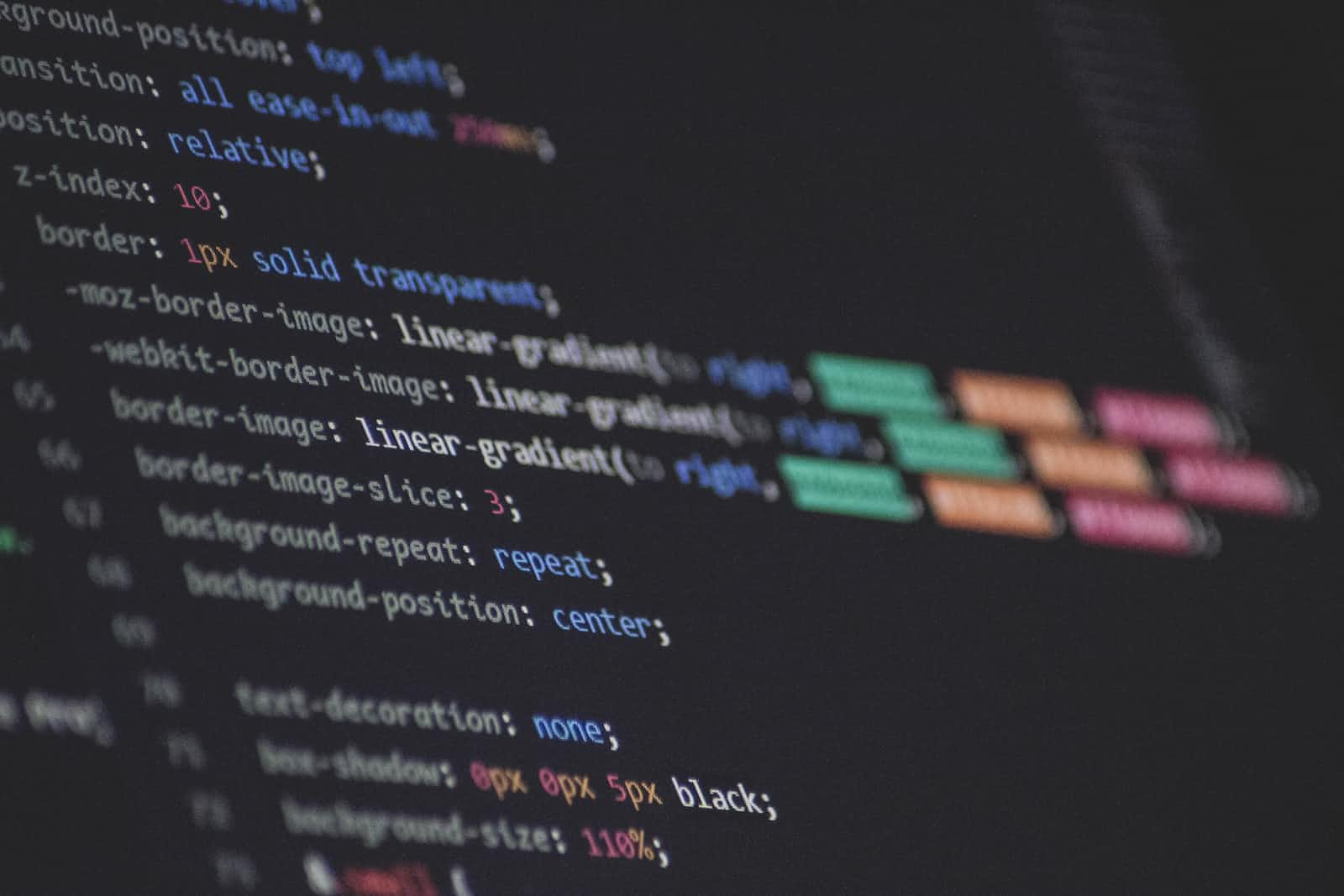 CSS is a powerful tool for creating layouts for web pages. It allows you to position and style elements on a page, creating a visually appealing and functional design. In this article, we will explore some of the key concepts and techniques for creating layouts with CSS.
CSS is a powerful tool for creating layouts for web pages. It allows you to position and style elements on a page, creating a visually appealing and functional design. In this article, we will explore some of the key concepts and techniques for creating layouts with CSS.
-
Box Model
Before we dive into creating layouts, it’s important to understand the box model. The box model is a fundamental concept in CSS that describes how elements are rendered on a web page. Each element is treated as a rectangular box, which consists of four parts: content, padding, border, and margin.
The content area is where the actual content of the element is displayed. Padding is the space between the content area and the element’s border. Border is the line that surrounds the padding and content areas. Margin is the space between the border of the element and the adjacent elements.
-
Positioning
Positioning elements is a key part of creating layouts with CSS. There are several positioning properties that you can use in CSS:
Static: The default position for elements. Elements with a static position are positioned according to the normal flow of the page.
Relative: Allows you to position an element relative to its normal position. You can use the top, right, bottom, and left properties to move the element in any direction.
Absolute: Positions an element relative to its nearest positioned ancestor. If there is no positioned ancestor, it is positioned relative to the body element.
Fixed: Positions an element relative to the browser window. The element remains fixed in its position even when the page is scrolled.
Sticky: Positions an element based on the user’s scroll position. It remains fixed until it reaches a specified point, then it behaves like a static position.
-
Layout Techniques
There are several layout techniques you can use to create the structure of your web page:
Float: Allows elements to be positioned horizontally within a container, allowing other elements to wrap around them. You can use the clear property to ensure that elements do not overlap.
Flexbox: A modern layout technique that allows you to create flexible layouts. It is particularly useful for creating responsive designs. With flexbox, you can easily align and distribute elements within a container.
Grid: Another modern layout technique that allows you to create complex layouts with multiple columns and rows. It is a powerful tool for creating responsive designs. You can use the grid-template-columns and grid-template-rows properties to define the structure of the grid.
-
Responsive Design
Responsive design is the practice of creating web pages that adapt to different screen sizes and devices. It is essential for ensuring that your website is accessible and usable on all devices, from desktop computers to smartphones.|
To create a responsive design, you can use a combination of layout techniques and media queries. Media queries allow you to apply different styles to your web page based on the screen size and resolution. You can use the min-width and max-width properties to define the breakpoints for your design.
Conclusion
Creating layouts with CSS is a complex and rewarding process. By understanding the box model, positioning, layout techniques, and responsive design, you can create visually appealing and functional web pages that work on all devices. With practice and experimentation, you can become proficient in using CSS to create layouts that meet your design goals.
What’s next?
In the coming articles, we will be deep diving into the Box Model of CSS. Don’t forget to follow and share this with your friends that are just starting their web development journey